Plants are multicellular with their specialization into structural organs adopted for light utilization and gas exchange. Several chemicals and plant growth regulators have been used to improve production of horticultural crops. Fruits are highly perishable in nature, therefore, suffer heavy losses (20-30%) after their harvest particularly during the post harvest handling. The book consist of chapters including post harvest management of fruits, storage of fruits, processing of waste, cut flower packaging, structure of fruits and vegetables, food supply chain, handling methods, preharvest factor affecting quality and physiology, preservation of fruits and vegetables, canning, juice, squashes, cardial, jam, jellies, marmalades, preserves, candies, crystallized fruit, tomato product, vinegar, chutney, sauce, pickles, preservative limit, plant bioregulators including auxin, gibberellin, cytokinin, ABA, ethylene and retardants of growth and development of horticultural crops. Presentation of tables, figures attracts more to the readers and even in a quick look one can get vital information. This book covers all aspects of horticulture syllabi of under graduate and postgraduate students. The book is written in a simple, easy to understand language which will be highly useful to the students, teachers, extension personnel, scientists and progressive horticulturist.

Physiology and Post-Harvest Management of Horticulture Crops
In stock
Free & Quick Delivery Worldwide
reviews
Bibliographic information
Title
Physiology and Post-Harvest Management of Horticulture Crops
Author
Edition
1st ed.
Publisher
ISBN
818321004X
Length
232p., Tables; Figures; Index; 22cm.
Subjects

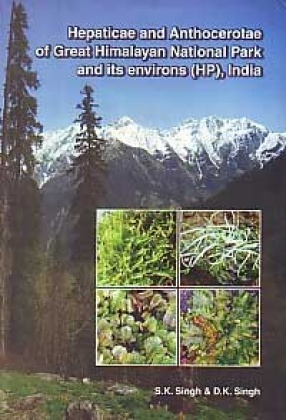
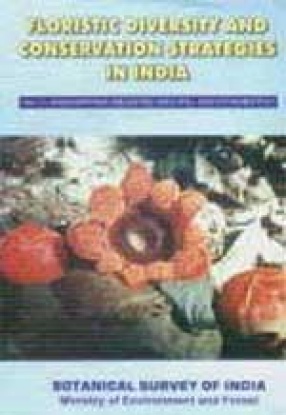
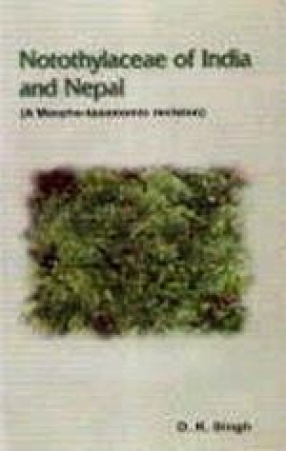
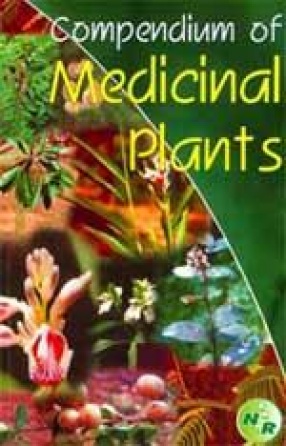
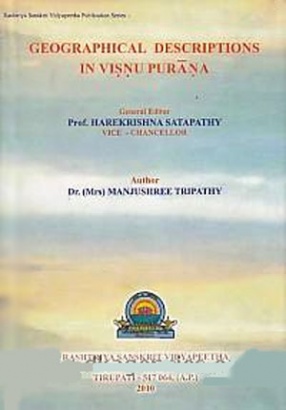
There are no reviews yet.